
Identity of Things
objects that leave room for interpretation
In our current consumer society, where we buy things we do not need and where we need things we can not buy, we surround ourselves with things we do not care about. What role could designers play in curing relationships between people and products?
Diploma work, May 2016
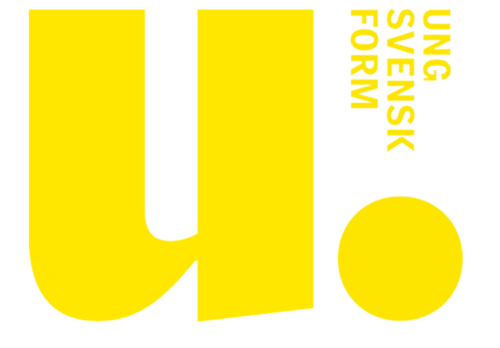





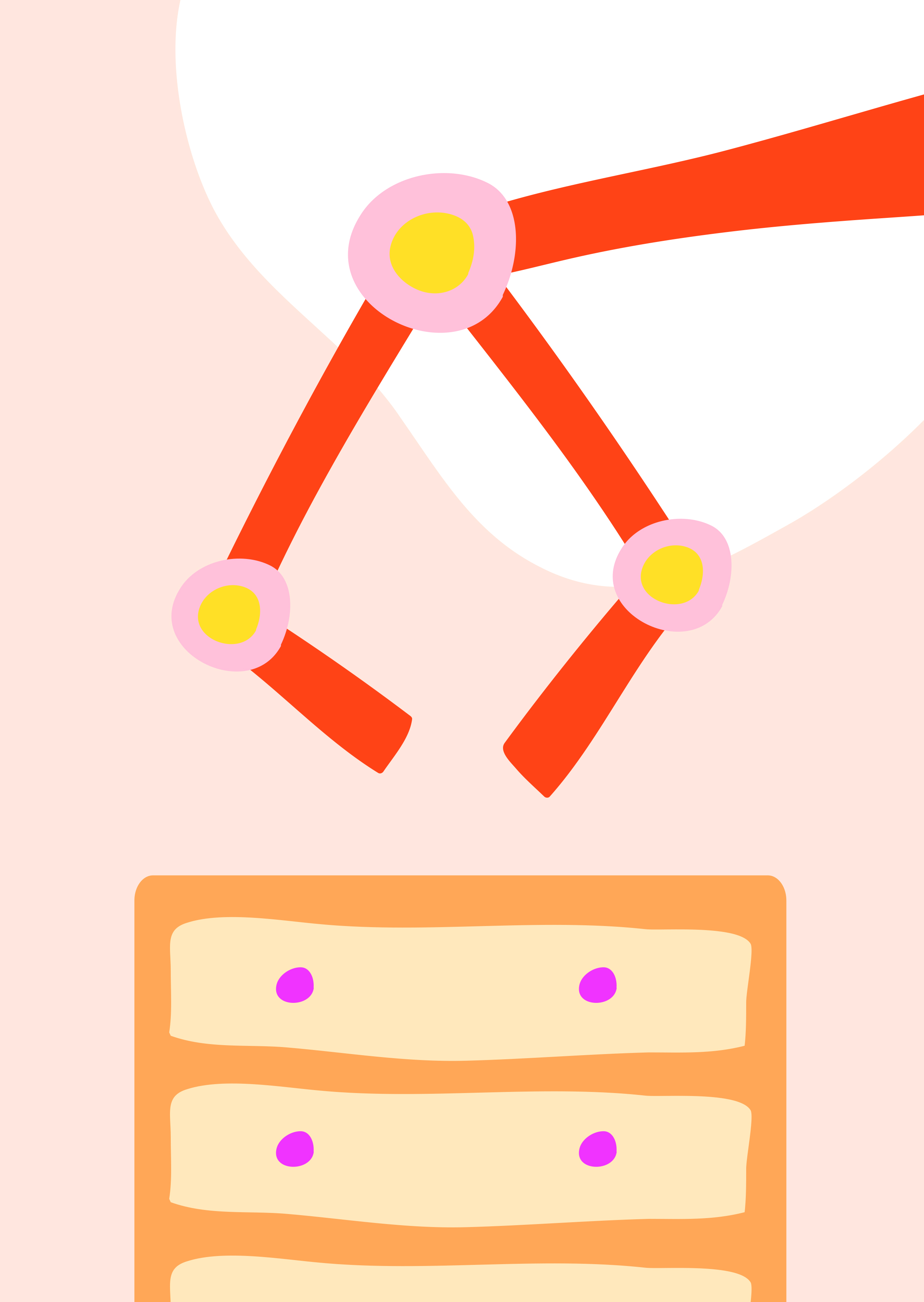

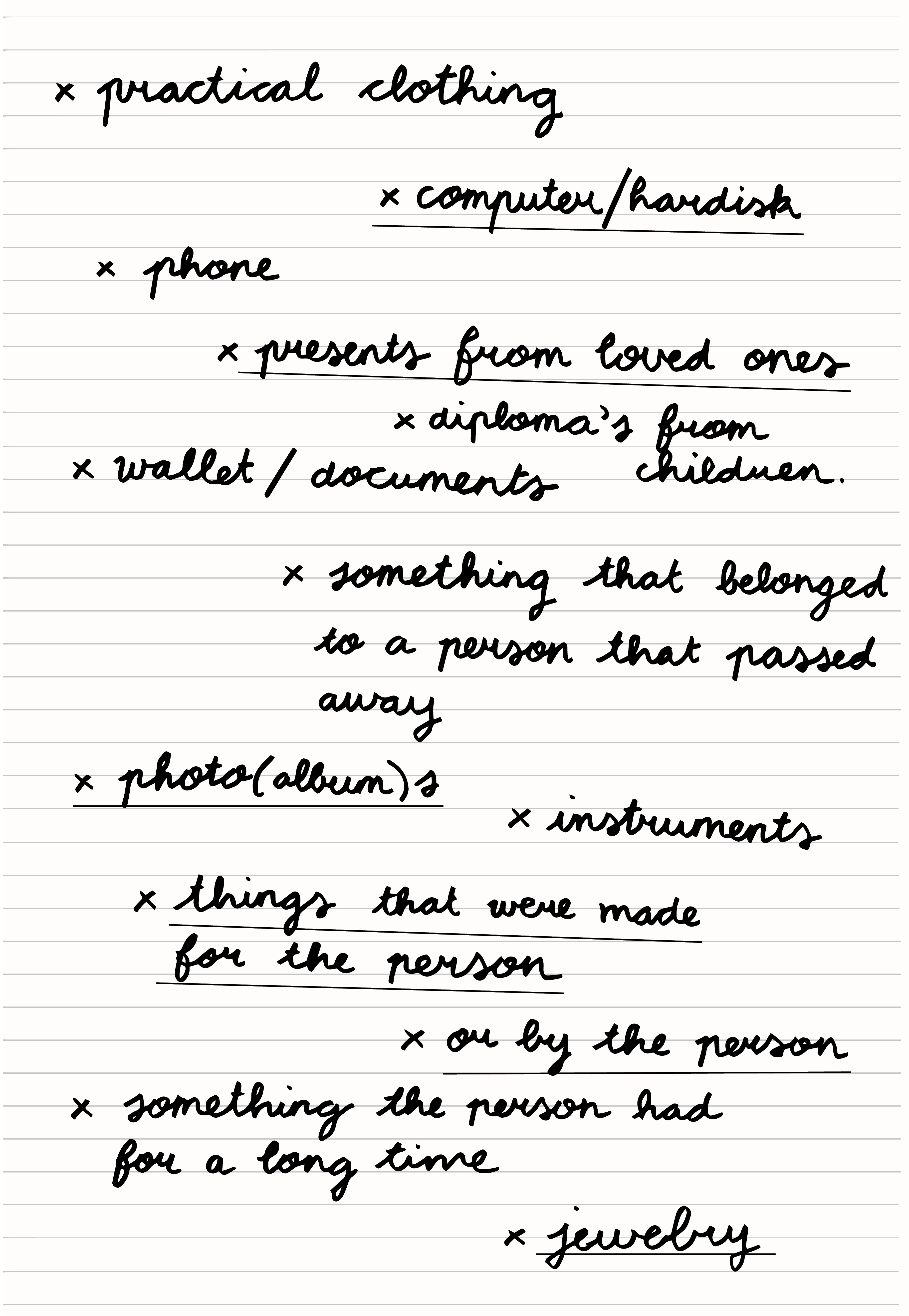

dear therapist, could you help me cure relationships between people and products?
In collaboration with a relationship therapist, I investigated how the principles of relationship therapy could be a source of inspiration for designing durable relationships between people and products.
In collaboration with a relationship therapist, I investigated how the principles of relationship therapy could be a source of inspiration for designing durable relationships between people and products.
We realized:
- most products people possess are replaceable
- the things we care about are representations of memories
- we should not just have less stuff, we need to relate differently to our things
- curiosity is the key for maintaining a good relationship
- people are unique individuals, no target groups or users

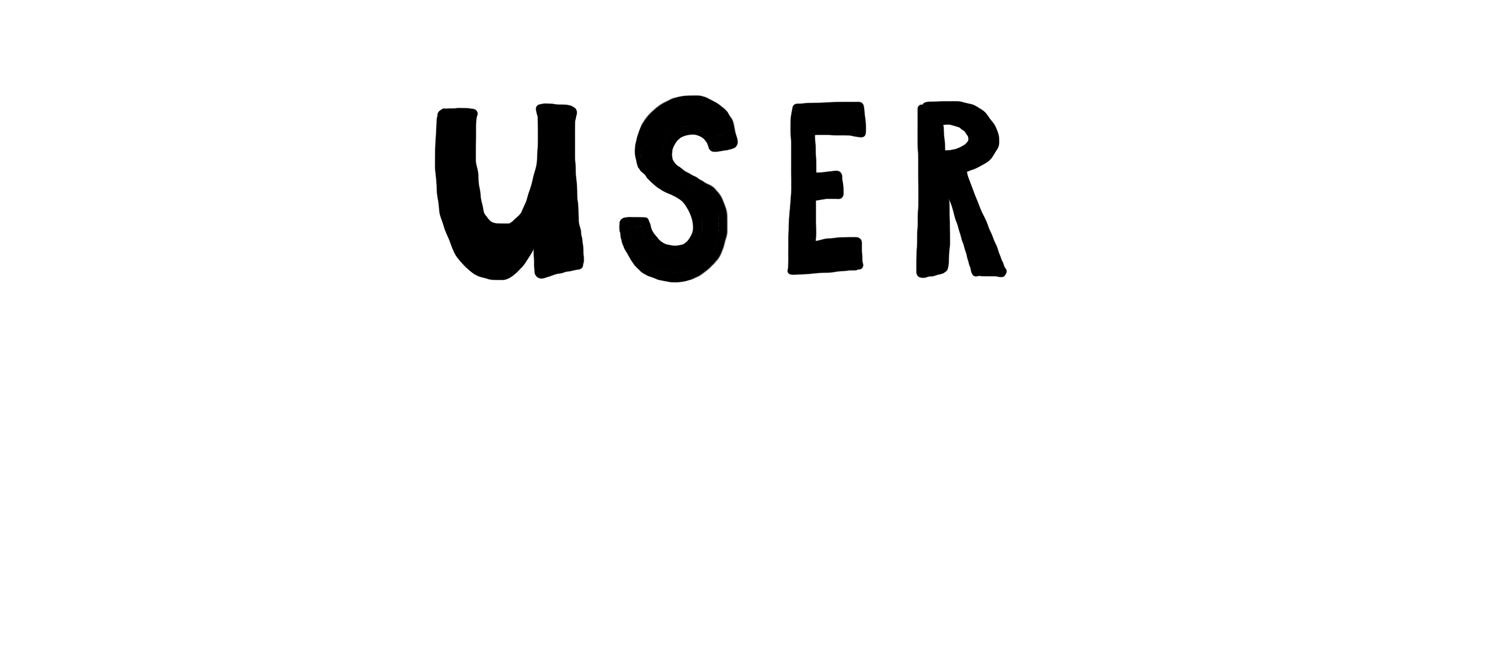


room for interpretation
Identity of Things is an exploration about the coexistence of man and product. For this project I investigated the way we relate to products today.
We surround ourselves with many things we do not care about. I believe designers could play a role in curing these poor relationships between people and products, by shifting our focus from users, usability and user-friendliness to that of participants instead. Dictating people what and how to do excludes them rather than includes them, which makes it hard for us to build up durable relationships. Making products less defined gives people the opportunity to fill in the core with their own imagination, love and memories. Only then objects start to exist in their own rights and become much more valuable to us.
The result is a series of objects that should remind us of this, called ‘Almost a hairdryer’, ‘No ordinary iron’ and ‘More than a shower’.

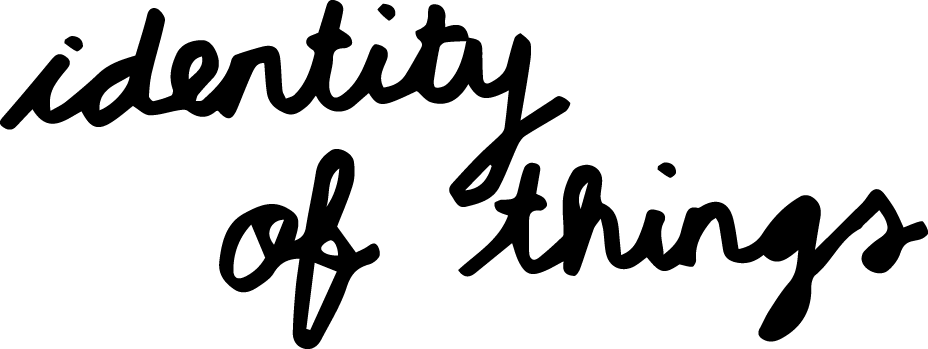
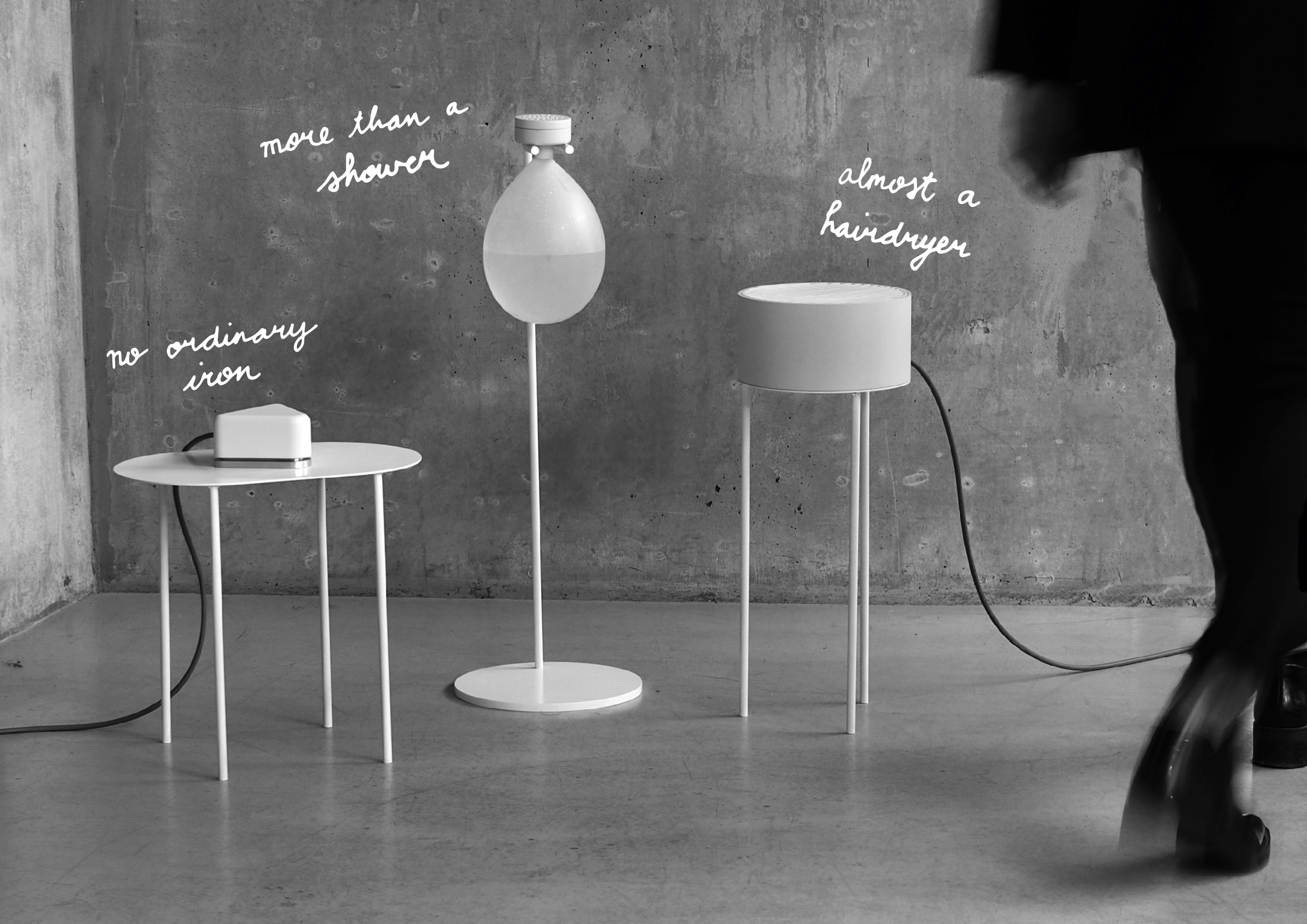






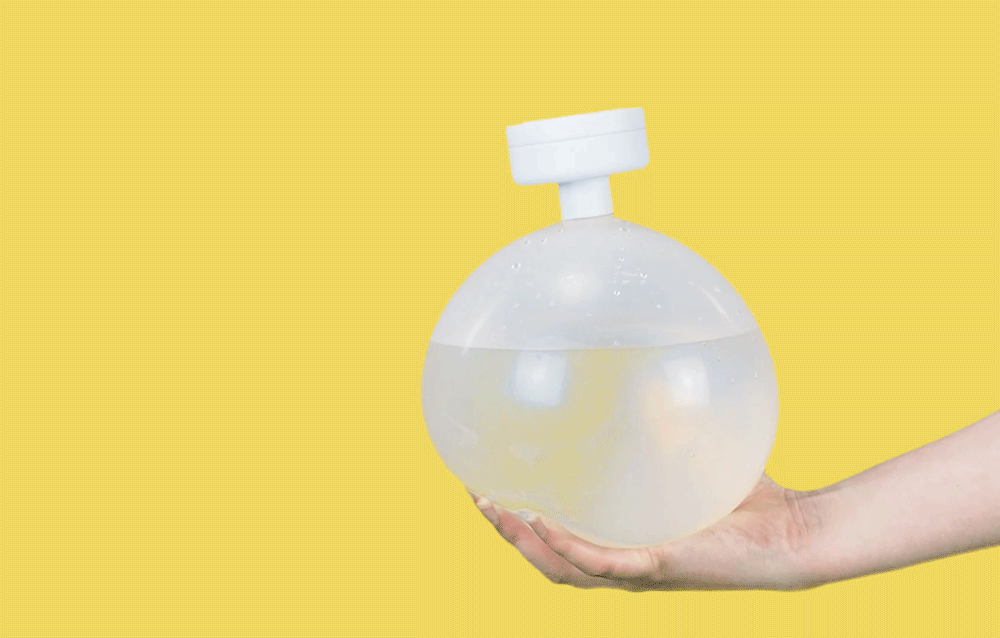
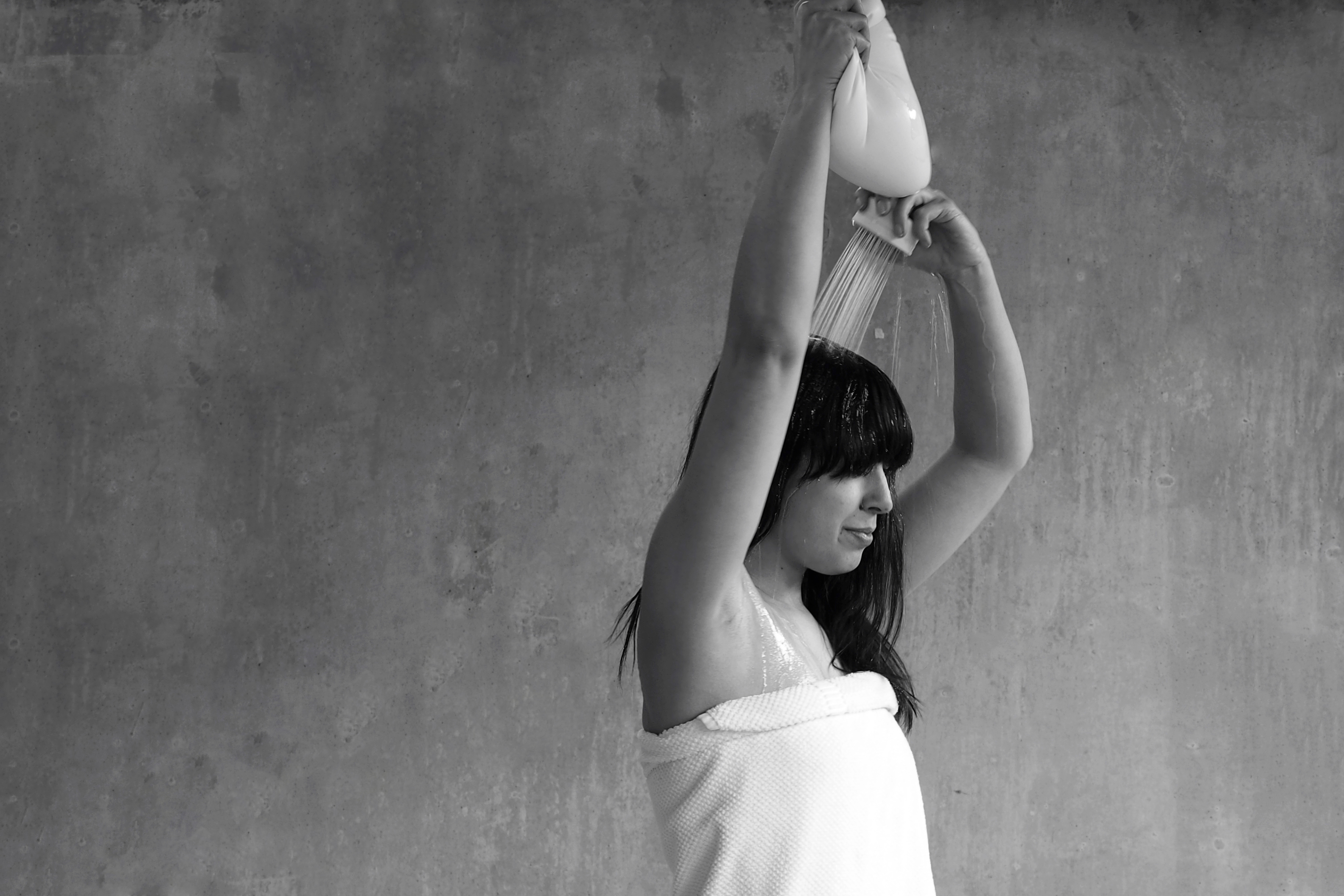



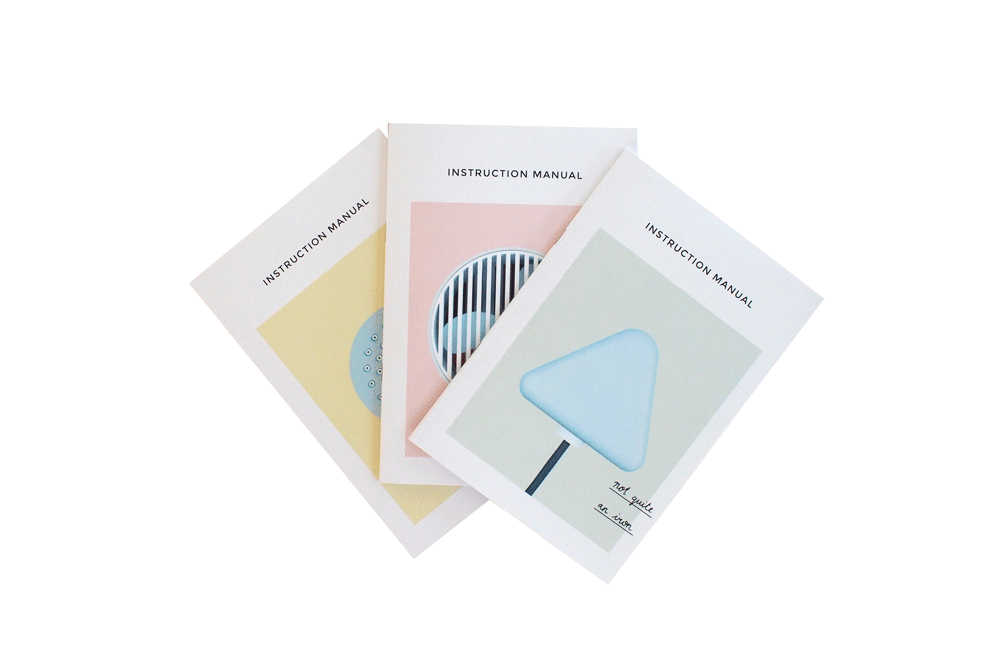
Identity of Things comes with a set of empty manuals, to be filled in by your own interpretation of the products.
